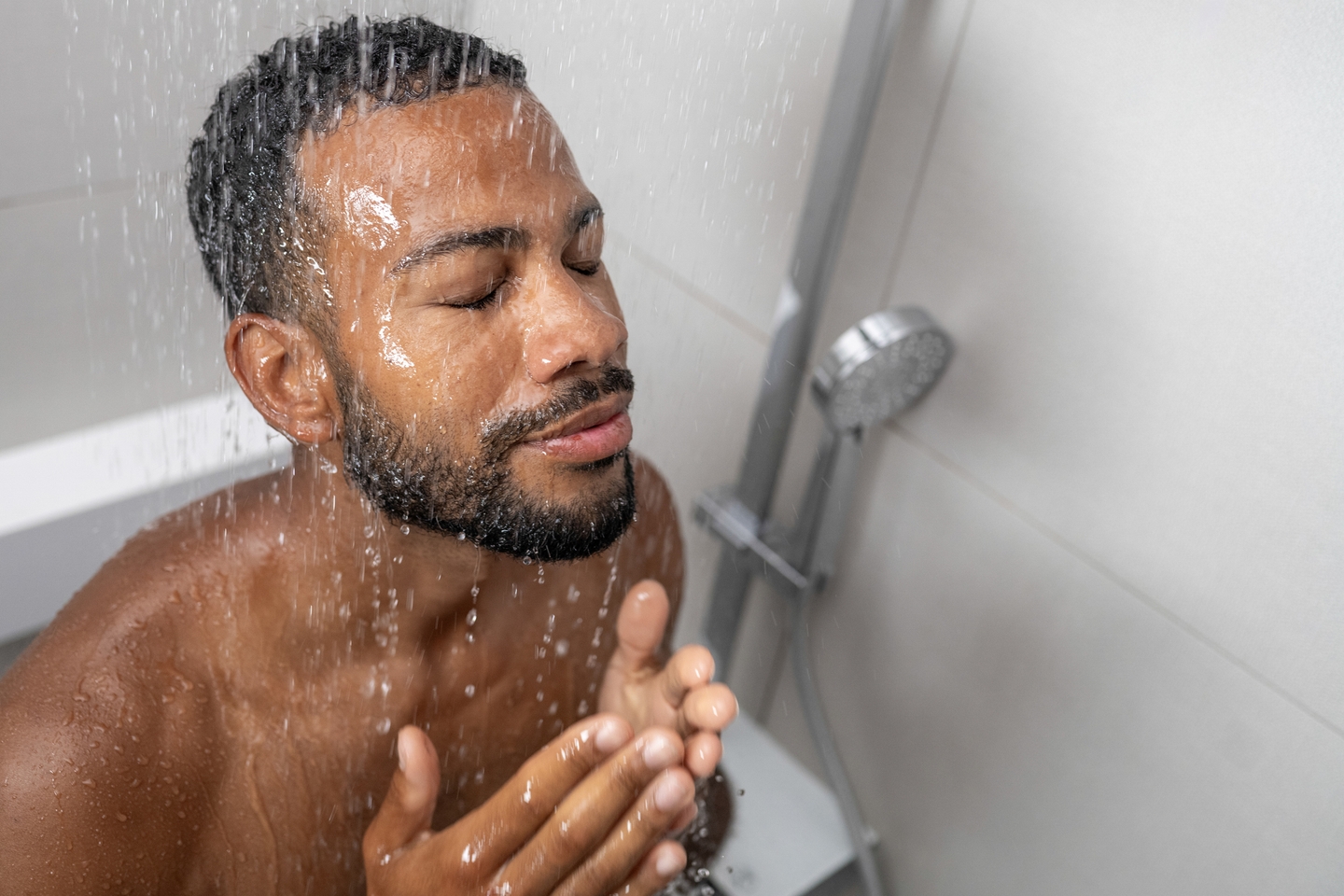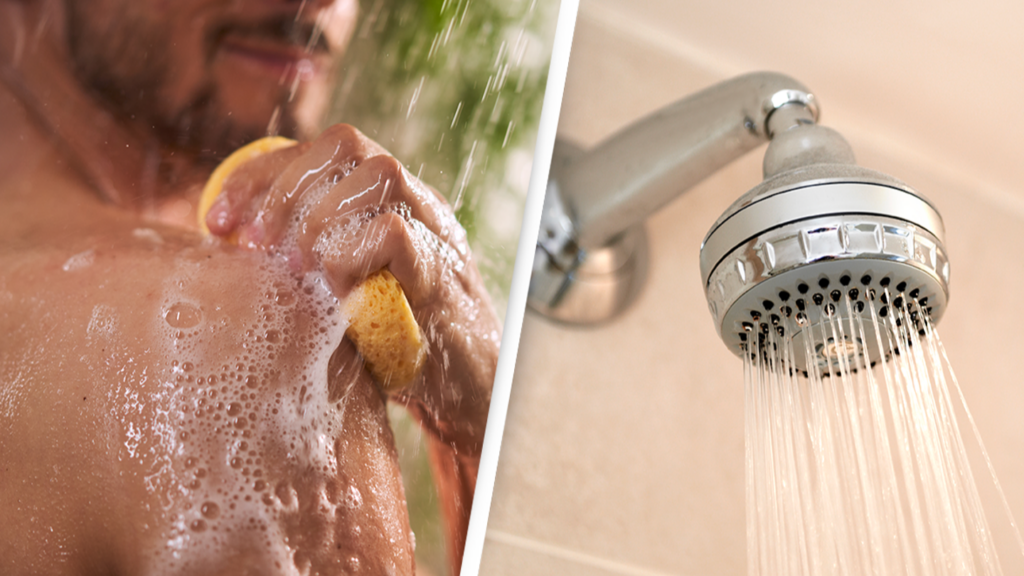A doctor has issued a warning about a common shower habit that two-thirds of Americans admit to doing. It may seem harmless, but it could lead to uncomfortable consequences over time.
Shower routines have sparked surprising debates lately—some people admit to doing everything from grabbing a snack to brushing their teeth while in there.
And beyond that, there’s an ongoing discussion about just how often we should be showering.
However, experts agree that one popular habit, which a YouGov survey found 62 percent of Americans engage in, may not be the healthiest choice.
It’s not just everyday folks either; even celebrities like Kelly Clarkson and Madonna have confessed to this time-saving habit, but it might be worth reconsidering.

According to Dr. Alicia Jeffrey-Thomas, a behavior that seems harmless could actually be impacting your bladder health and normal bathroom habits.
Yes, we’re talking about peeing in the shower.
While this might not sound all that polite (especially if you’re sharing the shower with others), a surprising number of people admit to doing it.
If you’re among those who indulge in this habit, Dr. Jeffrey-Thomas suggests it’s time to rethink it.
Why Is Peeing in the Shower Bad for You?
“We want to avoid training our bladder to associate certain signals with the urge to pee. In this case, peeing in the shower associates the sound of running water with urination or with submersion in water,” she shared on TikTok.
“This can often transition into being triggered by other sounds of running water (like when you’re running the faucet to wash your hands or the dishes) or when you’re in bodies of water.”
If we want to avoid weakening our bladder, it’s best to stick to using the toilet.
Much like “pushing out” urine or “hovering over the toilet,” peeing in the shower can especially impact women’s pelvic health, as their anatomy isn’t designed to urinate while standing up.
In her video, Dr. Jeffrey-Thomas notes that peeing while standing is not ideal for allowing the pelvic floor muscles to relax properly.
Speaking to BuzzFeed, she also mentioned that cisgender men have the “prostate to support the bladder,” while cisgender women and people who have undergone gender-affirming surgeries may lack this same level of support.
How Often Should You Be Peeing?
Dr. Jeffrey-Thomas adds that if we want to strengthen our bladders, we should also try not to pee too frequently.

She explained: “Normal time between trips to the bathroom is every three to four hours during the day but a minimum of two and ideally, you should not be getting up at night.”
“We know that as your bladder steadily fills up, the intensity of the feeling of needing to go will increase more and more and more until we get to this peak but that wave will come back down and it will settle back down.”
“The goal is to be able to use these techniques to kind of ride the wave so that we are not giving in at that high level of intensity to go.”
“If you’re constantly giving in and going at the top of that wave, it’s training your body to send that really urgent signal more often, you’re perpetuating the cycle.”






